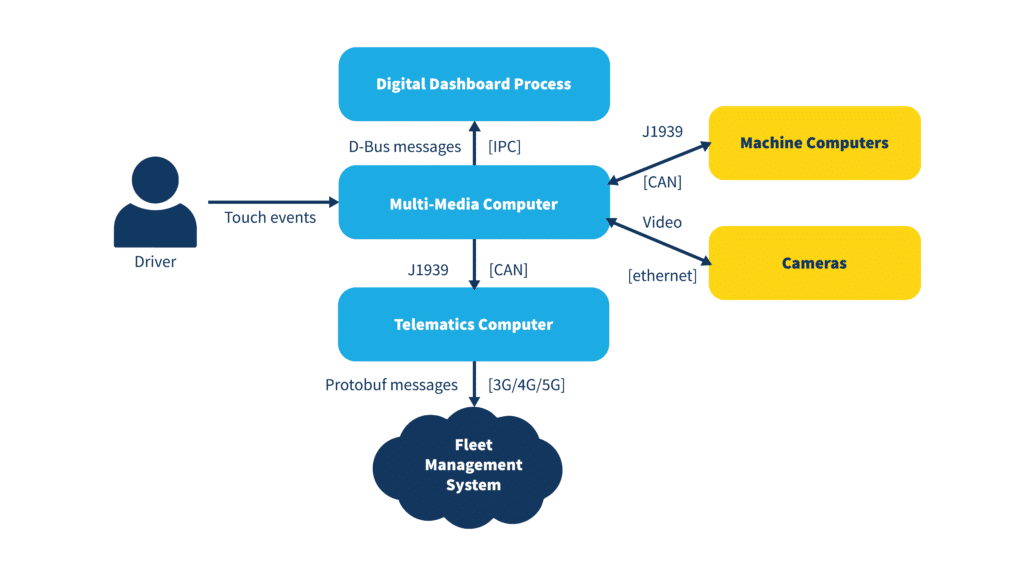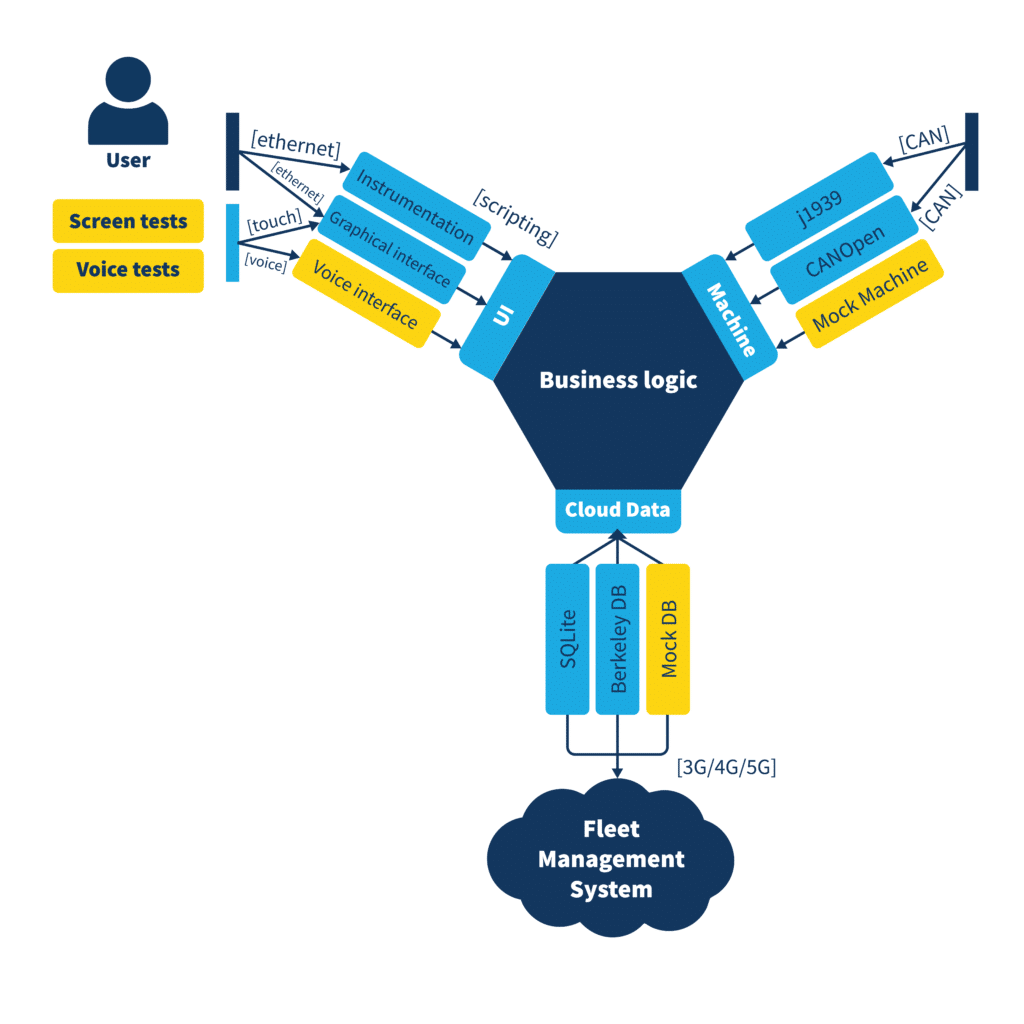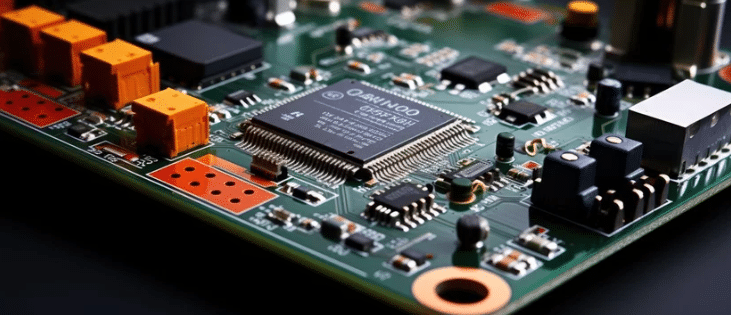In the embedded world, software isn’t a one-and-done task. Devices live for years—often decades—and the software inside needs to evolve alongside shifting technologies, hardware changes, security demands, and market expectations.
But too often, teams end up facing massive “big bang” redesigns after years of postponing necessary work. These huge refactoring projects are costly, risky, and painful. With the right architecture and ongoing refactoring mindset, you can avoid this trap entirely.
The Hidden Complexity of Embedded Software
Modern embedded software is more complex than ever:
- New technologies (IoT, AI/Edge AI, cybersecurity)
- Hardware churn and supply chain shifts
- Compliance and certification requirements
- Re-internalizing codebases previously outsourced
- Scaling proof-of-concepts into full industrial products
- Evolving customer demands and feature roadmaps

If teams don’t actively manage this complexity, technical debt piles up. The software system becomes rigid, difficult to maintain, and expensive to modify. This is why a proactive approach to refactoring architecture is essential.
One Software to Rule Them All? A Bad Idea.
Many projects try to solve future challenges with an overly generic “universal platform” approach. The result: bloated architectures that are hard to maintain, difficult to extend, and nearly impossible to fully understand.
The better strategy is to limit the impact of the unknown. That means building for flexibility, not false universality.
The key principles are:
- No black boxes: Your team understands every part of the system.
- Simple, clear design: Easier to maintain, test, and replace.
- Technology-agnostic components: Nothing is irreplaceable.
The Foundation: Hexagonal Architecture
At Witekio, we apply proven architectural and software design patterns to create software that’s ready for change. One of the most effective? Hexagonal Architecture (Ports and Adapters).
Originally described by Alistair Cockburn, this architecture separates your business logic from the outside world—whether that’s hardware, UI, databases, or cloud services.
How it works:
Business Logic Layer: Core functionality, independent of external systems.
Ports: Define how external systems interact with the core logic.
Adapters: Translate between external technologies and internal logic.

With this separation, you gain:
- Easier testing
- Lower integration risk
- Faster adaptation to hardware or software changes
- Better long-term control over the software system
While this type of architectural refactoring adds some upfront design effort, it pays off in every future update or feature addition.
Architecture Refactoring: A Continuous Investment
Refactoring shouldn’t be viewed as a last resort when things go wrong. Instead, it’s a routine part of software health. As Martin Fowler defines it:
“A change made to the internal structure of software to make it easier to understand and cheaper to modify, without changing its observable behavior.”
At Witekio, we recommend small, ongoing code refactorings:
- Before adding new features
- After resolving bugs
- When code ownership changes
- As part of code reviews
This steady maintenance prevents the system from accumulating dangerous complexity. And when larger restructuring becomes necessary, we approach it as a formal project: audit the code, define KPIs, update software architecture, document everything, and execute in controlled phases.
Automation: Monitor Complexity Before It Becomes a Problem
Even with good design and culture, you need visibility. That’s where automation comes in.
At Witekio, we integrate a full toolchain to track software health:
These tools help identify issues early, monitor complexity growth, and ensure your architecture stays aligned with reality.
Conclusion: Future-Proofing Is a Process, Not a Guarantee
The technology landscape will keep evolving. You can’t freeze your software in time—but you can make sure it’s ready to adapt.
- Start with clean, decoupled architecture.
- Invest in your team’s understanding and ownership of the code refactoring.
- Normalize continuous refactoring.
- Use automation to stay on top of complexity.
Build it right the first time—and keep it healthy.
FAQ: All About architecture refactoring
What is architecture refactoring exactly?
When should you consider refactoring architecture in a project?
You should consider an architecture refactoring strategy when your design documents no longer match the existing code, when code smells and complexity increase over time, or during migration from existing software to new hardware or platforms.
Beyond these points, your team might notice other red flags that indicate it’s time to act.
What are the benefits of architectural refactoring for embedded systems?
Is refactoring only a technical activity?
How do you define the right architecture refactoring strategy?
To make architectural refactoring successful, you must start with an audit of the existing code and system architecture. This audit allows you to:
Identify critical areas and apply proven refactoring patterns. Adopt an incremental, measurable approach aligned with business goals. The goal is to refactor software architecture in a way that minimizes risk and maximizes long-term benefits.



